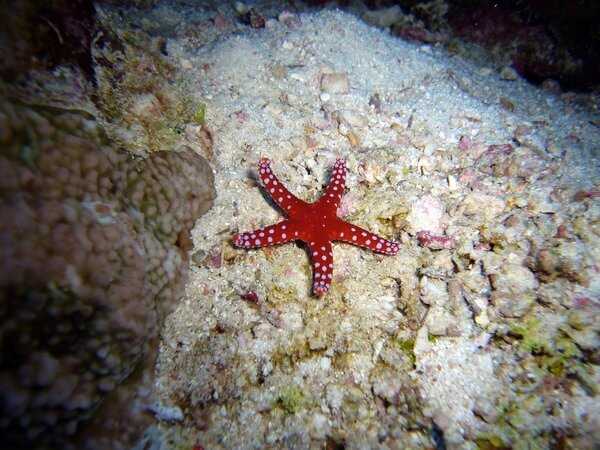News Release from windfair.net
Wind Industry Profile of
What is the impact of offshore wind energy on ocean biodiversity?
In the U.S., the battle for offshore wind power is in full swing. The country that yet doesn't have any large offshore wind farms in the water was recently startled by a series of dead whales that washed up on the Atlantic coast. Opponents of offshore wind power were quickly on hand to call for a ban with plenty of media attention, so that ultimately even the U.S. Department of Energy felt compelled to release a statement on the issue: "As of now, there is no evidence to support speculation that noise resulting from wind development-related site characterization surveys could potentially cause mortality of whales, and no specific links between recent large whale mortalities and currently ongoing surveys."
Although offshore wind power has been established and growing steadily in Germany for years, not everyone there is happy about the expansion either. Thus NABU, one of the country's largest nature conservation organizations, has been complaining for years about the alleged effects of Butendiek offshore wind farm in the North Sea, which is said to have caused starry and black-throated divers, known to be sensitive to disturbance, to be driven away from the 'Eastern German Bight' bird sanctuary. According to NABU, scientific studies and monitoring since 2017 have shown that at least the effects of the wind farm are much larger than assumed in the approval. So the organization has been suing through courts to force a partial closure.
But not everywhere the construction of offshore wind farms is rated so negatively. In the Netherlands, oysters were successfully settled on the foundations of Eneco's Luchterduinen offshore wind farm in 2020, using its structures in the sea as an artificial reef and making it their habitat.
A team of researchers has now visited the Borssele III & IV offshore wind farms twice to monitor the 2,400 released flat oysters and take a look at the biodiversity on site. To do this, the researchers used environmental DNA (eDNA) samples in the water and an underwater camera. The underwater videos show a lot of life around the bedrock and wind turbine foundations. A total of 65 animal species were detected from the video footage and another 24 species groups were found through analysis.

How many marine creatures are cavorting around offshore wind farms? This is now being investigated in more detail (Image: Pixabay).
But what impact do wind farms really have on the biodiversity of sensitive oceans? There is still too little data on this overall, which is why Dutch Fugro company now wants to set about collecting more eDNA samples over a large area. The data will help to better assess the impact of offshore wind farms on biodiversity and explore ways to adapt existing infrastructure and improve marine habitats.
The company, which undertakes inspections of offshore wind farm subsea structures and other activities, aims to investigate not only the subsea assets themselves but also the wider subsea environment by integrating eDNA sampling into its recently unveiled unmanned surface vessels (USVs) and remotely operated vehicles (ROVs).
Daniel Smith, Fugro’s Solution Owner Offshore Wind Farm Site Appraisal said: "By integrating ecological monitoring with routine asset inspections, wind farm operators will not only reduce the risk of possible technical failures, but broader ecological failures such as habitat loss or habitat fragmentation. This is a crucial step in safeguarding our energy resources and our natural environment."
Fugro is getting support from several partners, including Wageningen University, which plans to focus on marine eDNA sequencing methodology and explore the management of these new forms of automated data collection to provide guidance on design principles for the development of nature-friendly wind energy infrastructures. Improved scour protection and cable routing optimization will also help wind farms operate in a more environmentally sustainable manner in the future. The 'BeWild project' is also receiving support from the Dutch Ministry of Economic Affairs and Climate.
This is likely to be significant for the entire offshore wind industry, as more and more countries are moving to link their tenders to ecological aspects.
- Author:
- Katrin Radtke
- Email:
- press@windfair.net
- Keywords:
- biodiversity, offshore, wind farm, turbine, marine, habitat, data, collection, research, animals, whale, bird, USA, Germany, Netherlands


























